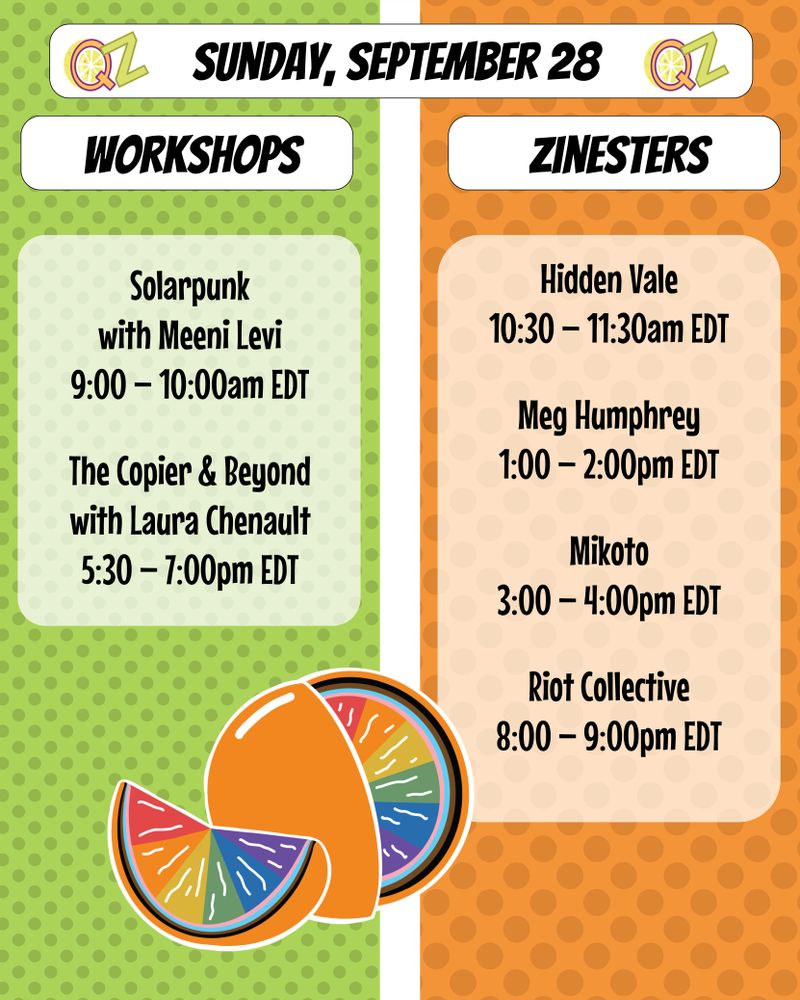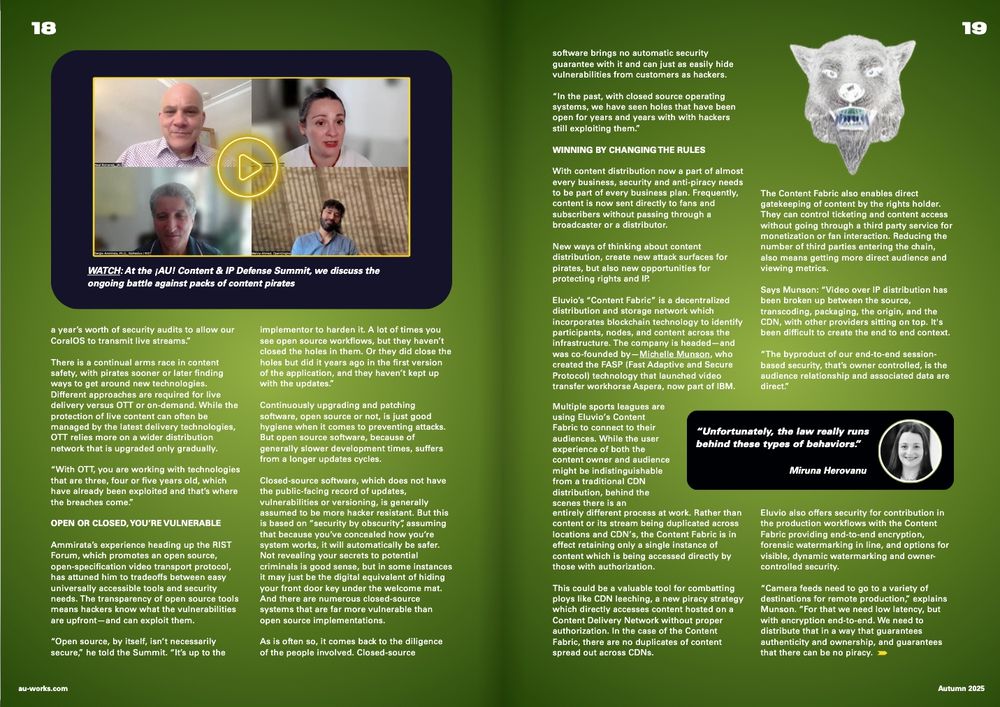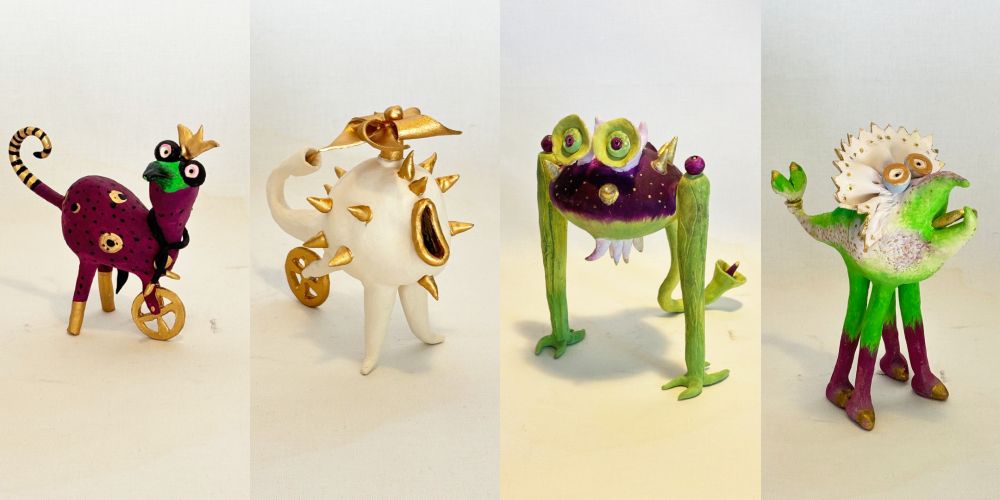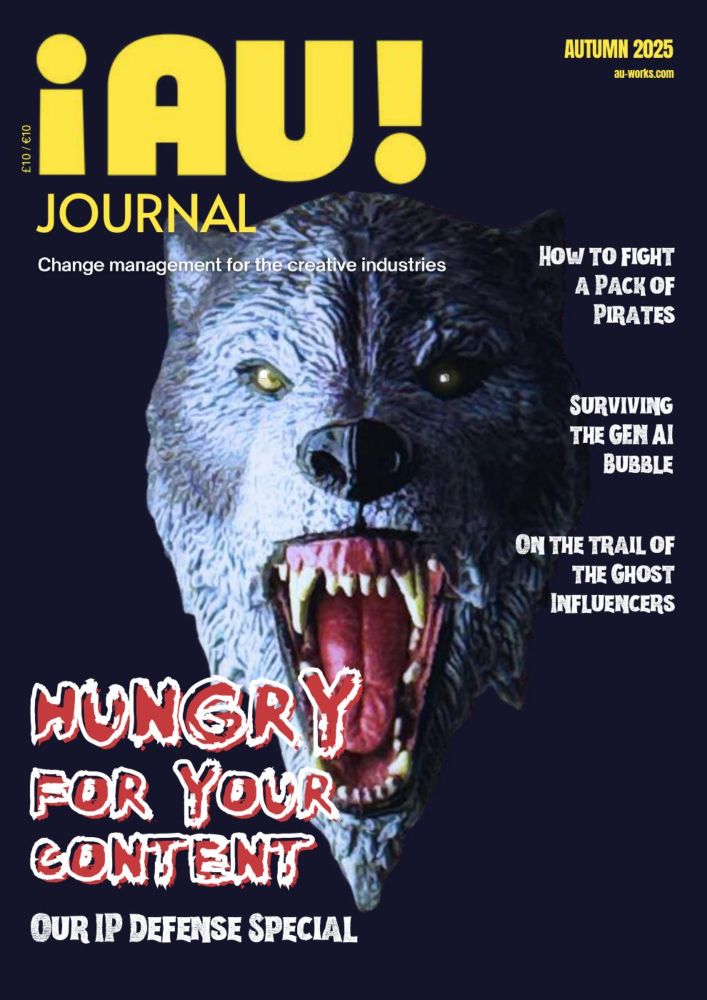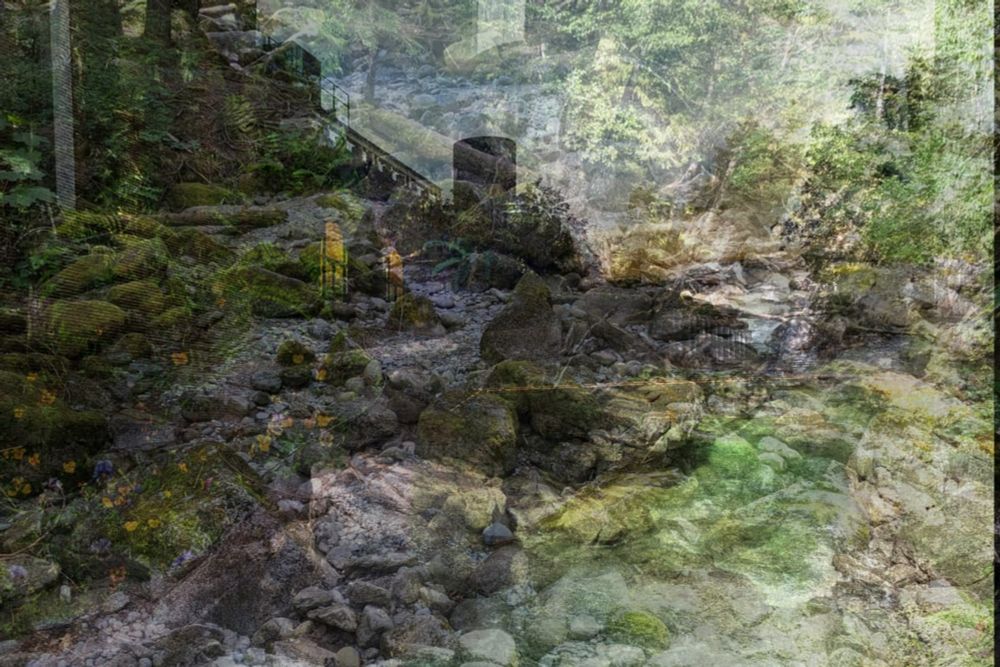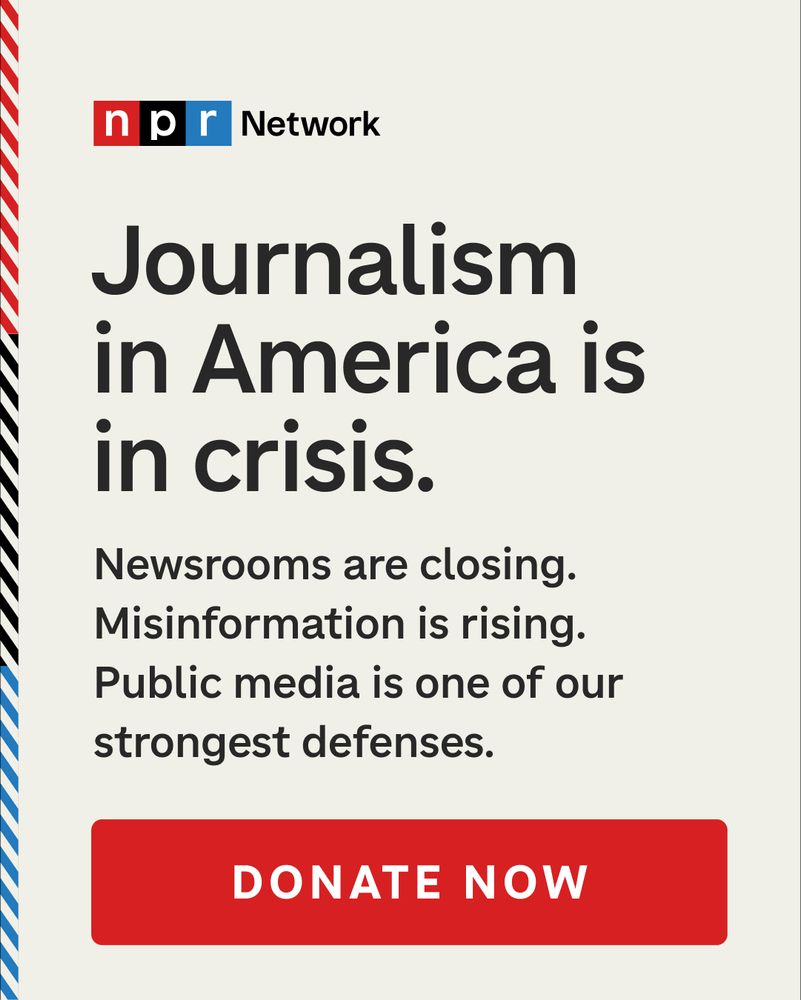¡AU!
@auworks.bsky.social
42 followers
72 following
59 posts
Moving fast and fixing things in the creative industries.
The latest issue of our magazine, ¡AU! Journal: https://au-works.com/au-journal-autumn-2025/
Lots of ways to follow us on our Linktree: linktr.ee/auworks
http://au-works.com
Posts
Media
Videos
Starter Packs
Reposted by ¡AU!
Reposted by ¡AU!
¡AU!
@auworks.bsky.social
· 29d
Reposted by ¡AU!
Reposted by ¡AU!
¡AU!
@auworks.bsky.social
· Aug 29
¡AU!
@auworks.bsky.social
· Aug 29
¡AU!
@auworks.bsky.social
· Jul 16
¡AU!
@auworks.bsky.social
· Jul 2



